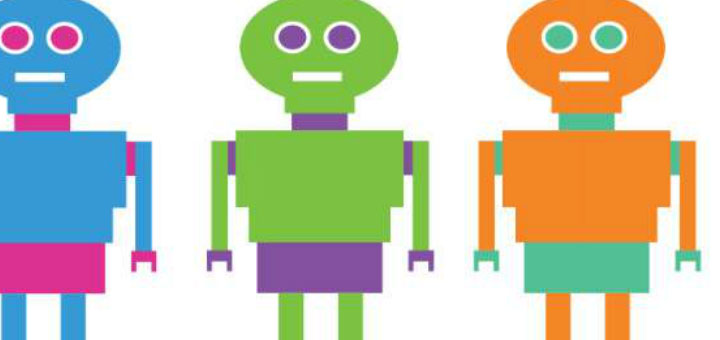The Rising Demand for Drones in the Retail Sector
Specialized digital assistants and bots will generate revenues of $7.9 billion in 2016 globally, rising rapidly to $623 billion by 2020. The North American segment of the market is expected to grow from $2.5 billion in 2016 to $75 billion in 2020. These estimates are part of a just-published market study, “Specialized Digital Assistants and Bots: Vendor Guide and Market Study,” by William Meisel, President of TMA Associates, and editor of LUI News, an industry newsletter on the use of human language to communicate with digital systems–the Language User Interface (LUI).
The 256-page report on digital assistants, in addition to estimating the market by global region through 2020, discusses in detail the resources available to companies that wish to create a digital assistant. Over 170 companies providing these resources are discussed in detail and categorized as to the resource they provide.
A digital assistant is a cloud-based application that communicates with an individual through “natural language” (the language we use to communicate with other humans, by voice or text). The assistant, like a talented human assistant, responds by providing requested information or accomplishing a requested task. One rapidly growing form of digital assistant, typically called a “bot,” is addressed by a natural-language text message from within a messaging application such as Facebook Messenger or Microsoft Skype.
Some general digital assistants, including Apple’s Siri, Microsoft’s Cortana, Amazon’s Alexa, and Google’s upcoming Assistant, try to help you with anything you want. Specialized digital assistants have a narrower goal–letting you interact with a single company or specific service. The specialized assistants can operate independently through a web site, as a mobile application, by text message, over a phone connection, within a car, or in a particular environment such as a warehouse.
The general digital assistants are increasingly able to contact a specialized assistant for help at a user’s request. And messaging applications are making it possible to contact “bots,” texting them as if they were simply one of your contacts.
The report provides separate estimates for digital assistants targeted at consumers and those used internally at companies to make the use of enterprise software more efficient. The Enterprise segment is expected to be about 17% of the market in 2016, dropping to 13% of the market in 2020 as consumer assistants expand rapidly.
“Digital assistants are increasingly becoming the new way companies and applications will interact with users, as the market estimates show,” Meisel said. “Every company must understand the options available to participate in this trend.”

